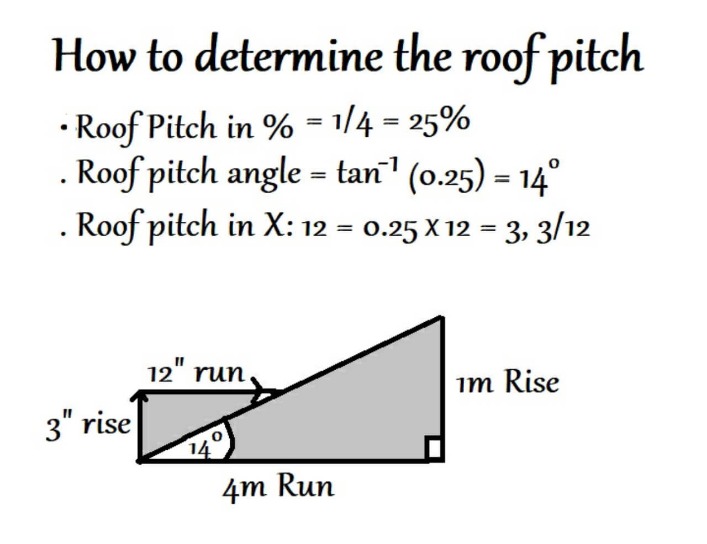When it comes to maintaining your roof, roof pitch safety is of utmost importance. Ensuring that your roof is both functional and secure involves following certain guidelines and being aware of potential hazards. Below are some key factors to consider to enhance safety on roofs with various pitches.
The Basics of Roof Pitch
Roof pitch, or the slope of a roof, is determined by the angle at which the roof rises. The pitch is usually expressed as a ratio between the rise and the span, such as 4:12 or 8:12. Understanding this is crucial for implementing proper safety measures.
Why Roof Pitch Safety Matters
Different roof pitches present varying levels of difficulty and risk when performing maintenance or repairs. Knowing the pitch can help in choosing the appropriate safety equipment and techniques.
Key Safety Tips for Different Roof Pitches
- Low-Pitch Roofs (less than 4:12):
- Ensure proper footwear with good traction.
- Use a harness for added security.
- Avoid working on wet or icy surfaces.
- Medium-Pitch Roofs (4:12 to 9:12):
- Employ guardrails around roof edges.
- Use safety nets below the work area.
- Always work with a partner for added safety.
- High-Pitch Roofs (greater than 9:12):
- Use specialized safety ropes and harness systems.
- Consider employing professional help.
- Be extra cautious about weather conditions and wind strength.
Read more about Fall protection here.
Frequently Asked Questions
1. What is the ideal safety gear for roof work?
The ideal safety gear includes a hard hat, gloves, non-slip boots, a harness, and safety ropes.
2. How can I estimate the pitch of my roof?
You can estimate the pitch by using a measuring tape and a level. Measure the vertical rise over a 12-inch horizontal span.
3. Are certain roof materials safer for different pitches?
Yes, materials like metal are suited for low-pitch roofs, while shingles are preferable for medium and high-pitch roofs due to their grip and water resistance.
Conclusion
Ensuring roof pitch safety is a vital aspect of maintaining a functional and secure roof. By understanding the pitch and employing the right safety measures and equipment, you can enhance safety while performing necessary maintenance or repairs. Always prioritize safety over convenience to prevent accidents and injuries.
